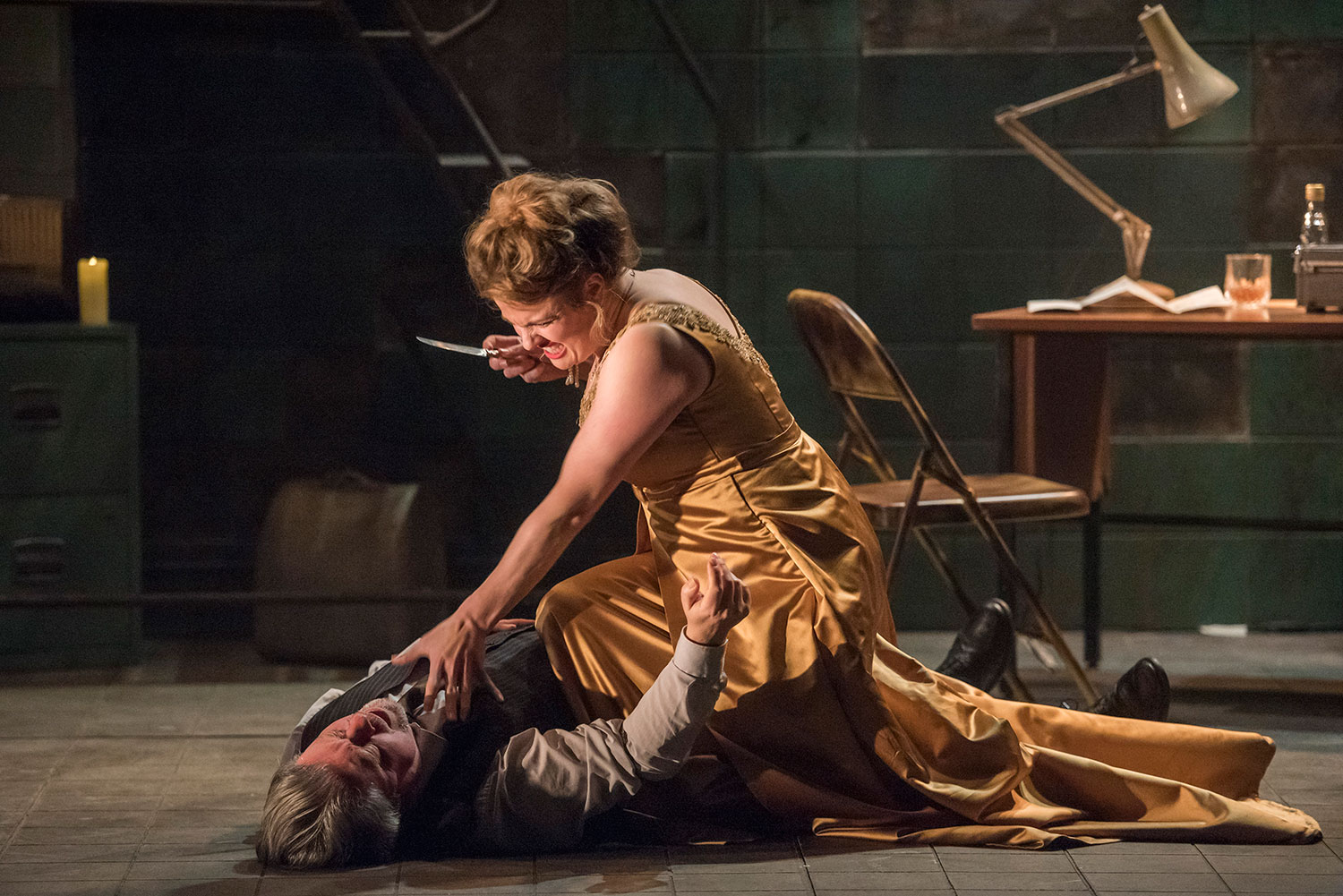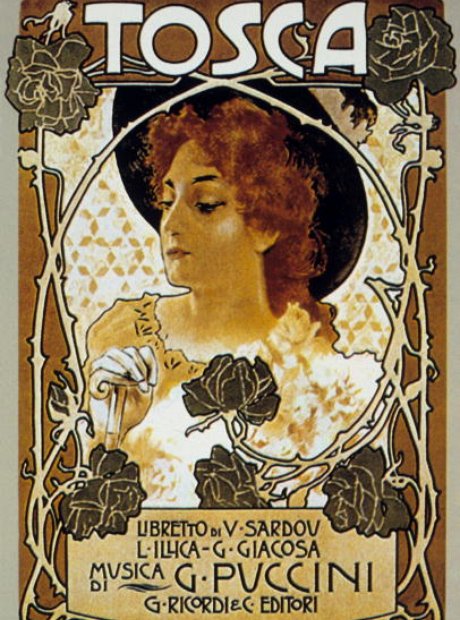

Tosca’s battle is on a more personal level as she is tasked to preserve her dignity in the face of a corrupt police officer looking to sexually abuse of her (no doubt that the two would find themselves rather identified with today’s sociopolitical landscape). Milk’s battle is initially with the local police, then local politicians, and eventually, a nationwide movement against gay rights. Milk and Tosca are both battling corrupt political machines. We even get a chance to hear one.īut their conflicts are also rather closely linked. Milk constantly talks about politics being theater for him and when he arrives in City Hall, he notes that it is his new “theater.” Tosca, of course, is a soprano in the opera and constantly remarks on her singing engagements. And it is with this sequence of shots that the parallels between the two become clear. It is at this moment that Van Sant makes it clear that his intention all along has been to link the film’s eponymous character with that of the operatic figure. Staring back at him is the San Francisco Opera House with banners of “Tosca.”

Then just minutes later, after being shot, he looks out the window. We watch the final scene of “Tosca,” the death of the heroine given prominence. After winning the Proposition 6 vote, Milk heads to the opera. The film draws the connection in a number of ways that we will get to, but the most obvious one takes place right during the epilogue of the film. Puccini’s “Tosca” only shows up a few times in “Milk,” but its appearances are significant, building a connection between the film’s tragic hero and the opera’s tragic heroine.

This week’s installment takes a look at Gus Van Sant’s “Milk.” We will select a section or a film in its entirety, highlighting the impact that utilizing the operatic form or sections from an opera can alter our perception of a film that we are viewing. “Opera Meets Film” is a feature dedicated to exploring the way that opera has been employed in cinema.


 0 kommentar(er)
0 kommentar(er)
